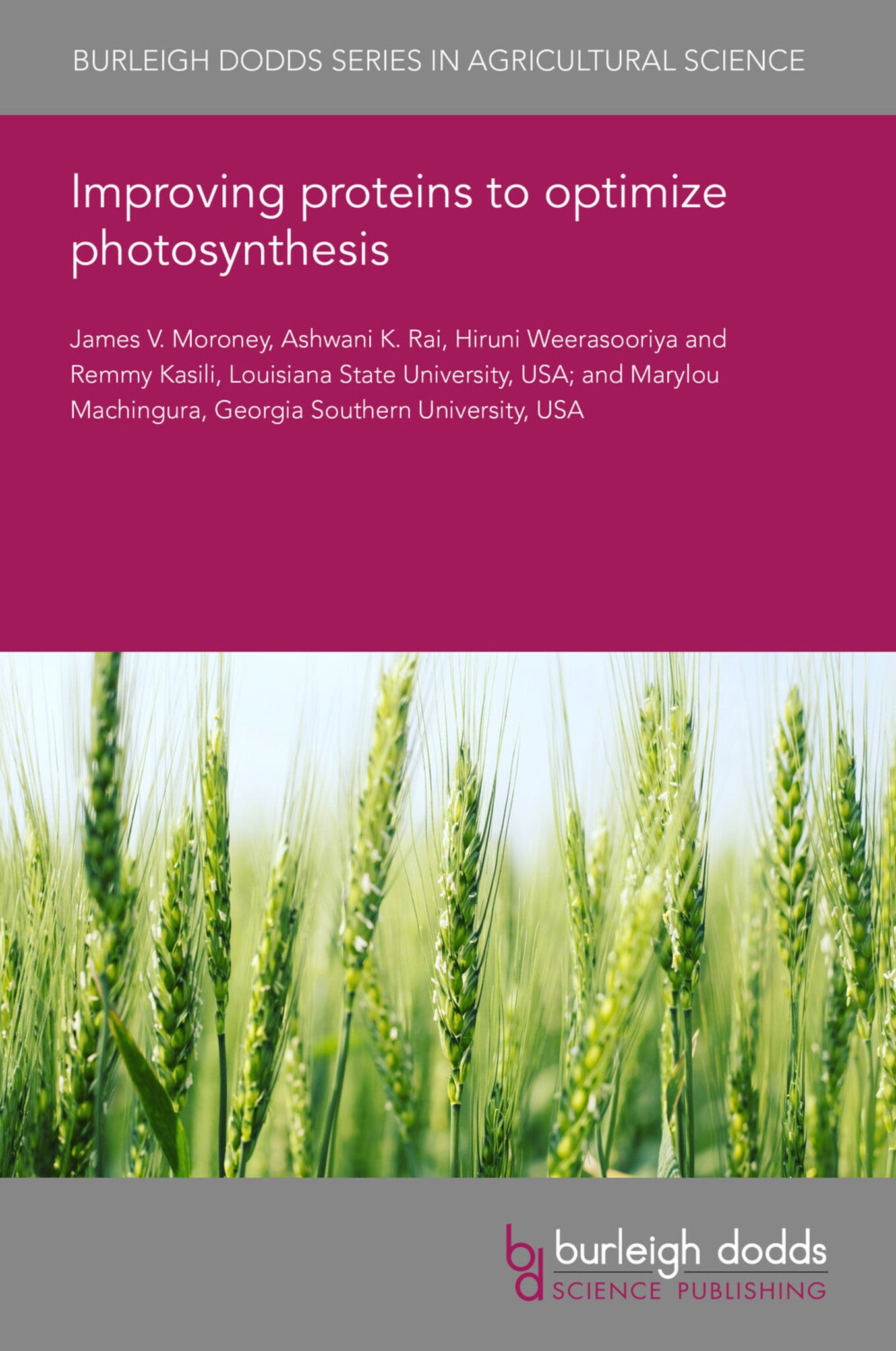We're sorry. An error has occurred
Please cancel or retry.
Improving proteins to optimize photosynthesis

Some error occured while loading the Quick View. Please close the Quick View and try reloading the page.
Couldn't load pickup availability
- Format:
-
09 January 2023

It is estimated that crop yields need to increase almost 50% by the year 2050 to feed the increasing world population. While most of this improvement will be accomplished using plant breeding and conventional agronomic methods, another promising tactic is to use plant molecular biology to improve the photosynthetic efficiency of crop plants. One of the more ambitious strategies is to insert genes encoding proteins of the carbon dioxide concentration mechanism (CCM) found in algae. This chapter describes how these algal CCMs work and some approaches for introducing all or specific parts of these CCMs into plants. Some of the experimental challenges that need to be overcome are also discussed.

TECHNOLOGY & ENGINEERING / Agriculture / Agronomy / Crop Science, Plant biology, TECHNOLOGY & ENGINEERING / Agriculture / Sustainable Agriculture, Agronomy and crop production, Sustainable agriculture, Agricultural science

- 1 Introduction
- 2 A general carbon dioxide concentrating mechanism model
- 3 The envelope transporter-based strategy
- 4 The thylakoid-based strategy
- 5 The protopyrenoid-based strategy
- 6 Pyrenoid-based strategy
- 7 The carboxysome-based strategy
- 8 Technical challenges: targeting inorganic carbon transporters
- 9 Technical challenges: replacing and relocating carbonic anhydrases
- 10 Conclusion and future trends
- 11 Where to look for further information
- 12 References



